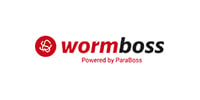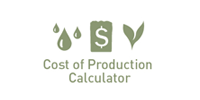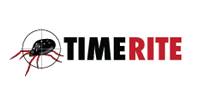Week 2 - July 2024
Eastern Market Indicator (EMI)
Eastern Market Indicator (EMI)
Microns
AWEX Auction Micron Price Guides
Sales held Tue 9th Jul & Wed 10th Jul 2024
Offering (Aust. Only)
Offering (Aust. Only)
Sales Week 2: 11th July 2024
Currency Movements
Currency Movements
Sales Week 2: 11th July 2024
Forecast
Forecast
Scheduled Australian Wool Auction Sales
AWI Commentary
Price returns were largely depressed at this week’s Australian wool auctions. The strengthening Australian dollar against the US dollar (USD) and Chinese yuan (CNY) was responsible for around two thirds of this week’s price drop, but the necessary change to the languid demand scenario has not been forthcoming. Some fresh business is almost always about, but the “keen” price bids available have largely been a gamble for exporters for the past month or so, since the encouraging price gains of late May into early June.
Merino descriptions felt the brunt of the less than enthusiastic buyer participation, in particular, the superfine (less than 18.5 micron) types usually destined for luxury garment manufacturing. The global market is still adjusting to the lower discretionary spend on clothing as consumers cope with inflationary pressures, but the supply chain is also adapting to the growth in the Australian production of these exclusive wools, which now make up over 35% of the national clip.
Two of the top three Chinese top makers slowed their purchases down this week but stayed in touch. The largest Australian based trader was the most obvious omission from near the top of the Merino fleece buyers list, but the next in line trader showed some strong buying intention, filling that gap admirably. Perhaps the most notable positive from the week was the buying of two European based processors whom took a large percentage of the better 18 to 20micron wools of lower VM levels.
As far as logistics are concerned, almost all major container lines remain in total avoidance of the Suez route due to the danger and soaring insurance premiums. Freight rates and associated costs have soared by having to sail the extra week around Africa. This places extraordinary demand upon vessels and containers globally as both the ship and container are out on the water, and out of play, longer. Initially, unused capacity was scarce. Since then, the industry’s ability or appetite to add further infrastructure has been limited at best.
All this has meant soaring rates for container shippers, of which greasy wool and wool tops, yarn, fabric and garments are all affected. The average worldwide cost of shipping a 40-foot container hit approx. A$6,240 during June which is more than triple the cost a year prior and the highest rates since the covid impacted freight rates of September 2022.
Next week sees around 30,000 bales rostered to sell in Syd and Melb only.












